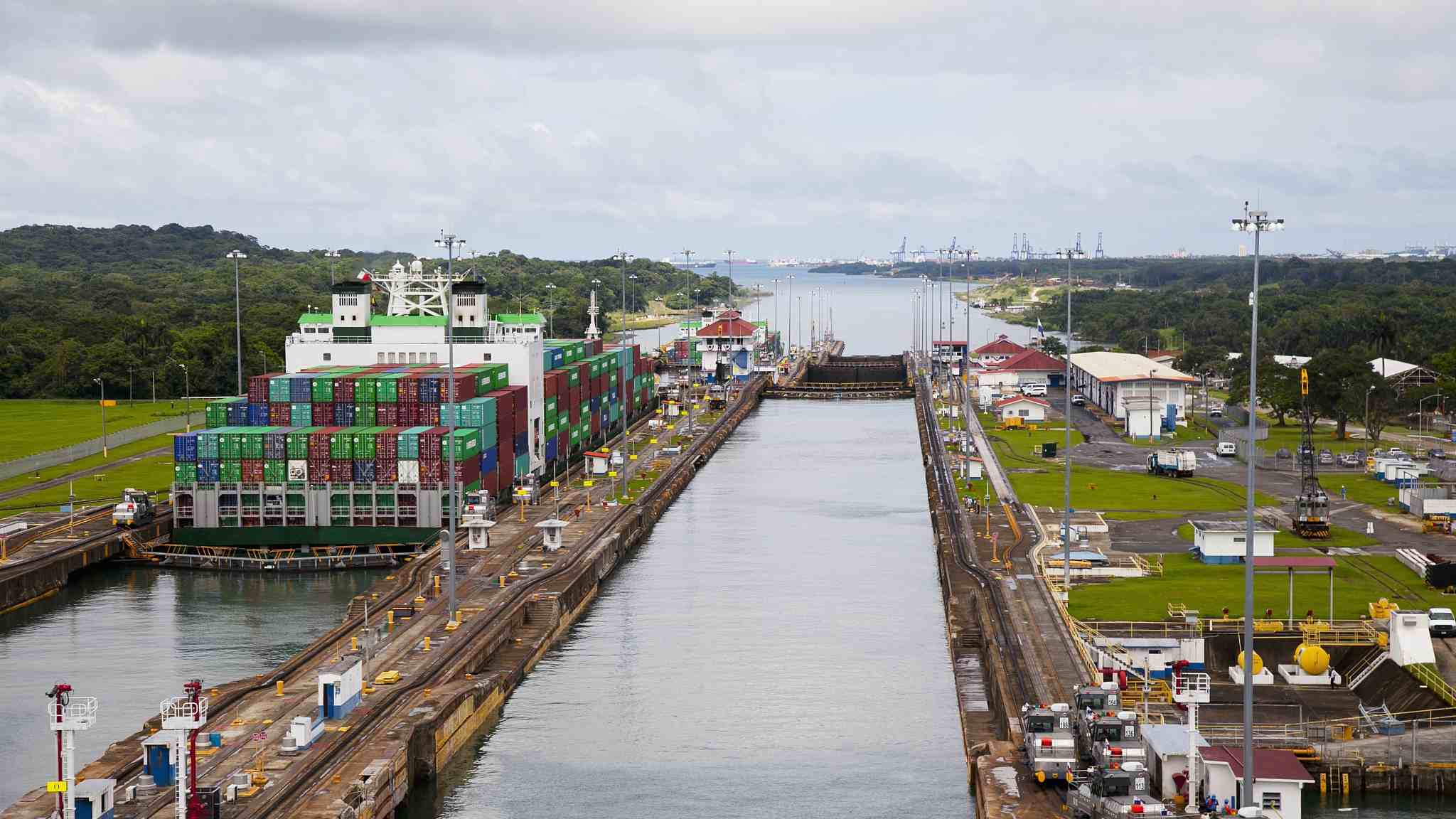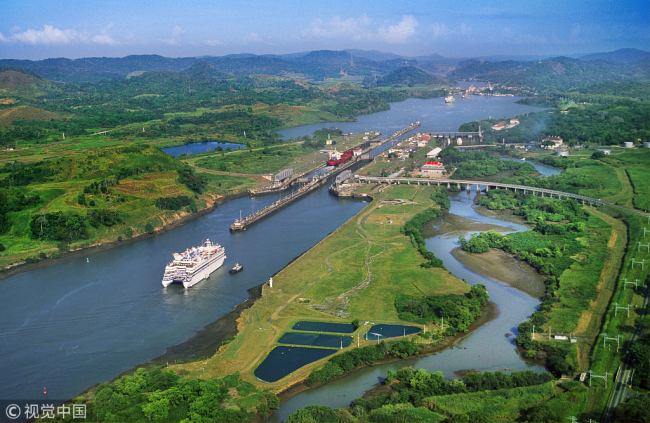
Opinions
10:52, 04-Dec-2018
Opinion: Century-old 'canal affinity' between China and Panama brings benefits to both countries
Updated
10:48, 07-Dec-2018

Editor's Note: The following is a translation of a commentary from the Chinese-language "Commentaries on International Affairs."
Ties between China and Panama over the past 100 years could be portrayed as a waterway connecting people thousands of miles apart. They have undergone a historic change with the establishment of diplomatic relations in 2017, and are entering a new era with Chinese President Xi Jinping's visit to this Central American country.
More than 150 years ago, the first batch of Chinese workers arrived in Panama from across the Pacific to help build local railways and dig the canal. Those who participated in the construction, expansion, and management of the canal were affectionately referred to as "canal Chinese" by the local Panamanians.
"CMB Park" in Panama City, as well as a monument to the 150th anniversary of the arrival of Chinese workers in Panama, are witnesses to this history.
Today, one out of every 14 people in Panama is of Chinese descent. The 280,000 people of Chinese origin in Panama form one of the largest overseas Chinese communities in Latin America.
In 2004, the Panamanian government announced that March 30 would be a Chinese Festival every year.

The Panama Canal. /VCG Photo
The Panama Canal. /VCG Photo
The "canal affinity" between China and Panama does not stop there. In June 2016, the Panama Canal expansion project, which lasted nine years, was completed, allowing today's larger cargo ships to navigate the canal. A Chinese container vessel from COSCO Shipping became the first freighter to pass through the new lock.
Today, China is not only the second largest user of the canal but also the country's second-largest source of goods and the second largest destination for Panamanian products.
President Juan Carlos Valera became the 50th foreign head of state to visit the Great Wall during his visit to China in November last year.
President Xi congratulated him by citing the old saying that "He who has never been to the Great Wall is not a true hero." He further commended his Panamanian counterpart for his political decision to establish diplomatic relations with China and realize a visit to China, calling it a heroic feat.
China and Panama are jointly witnessing tremendous development opportunities. Panama holds a special geographical location, connecting North and South America, connecting the world's two major oceans, making it the "crossroads of the world."
Openness is the greatest quality of Panama's economy. The Colon Free Trade Zone on the Atlantic side of the canal is the largest free trade zone in the Western Hemisphere and the second largest in the world, with China being the largest supplier.

Panama's Vice President and Foreign Minister Isabel de Saint Malo (L) and Chinese Foreign Minister Wang Yi pose with their documents after signing a joint communique on establishing diplomatic relations in Beijing, June 13, 2017. /VCG Photo
Panama's Vice President and Foreign Minister Isabel de Saint Malo (L) and Chinese Foreign Minister Wang Yi pose with their documents after signing a joint communique on establishing diplomatic relations in Beijing, June 13, 2017. /VCG Photo
For more than a year, Chinese energy, finance, telecommunications, infrastructure, and technology companies have been moving into Panama, creating thousands of jobs for the local economy.
Chinese companies have also participated in the expansion and upgrading of ports on both sides of the canal, helping to improve the overall capacity of the Panama Canal.
In April of this year, China began direct flights to Panama. This new route became the first direct flight connecting China and Central America, making trade and personnel exchanges among China, Panama and the rest of Central America more convenient.
Working together to build an open world economy, China's Belt and Road Initiative provides a platform for long-term cooperation between the two countries.
During President Juan Carlos Valera's visit to China last year, Panama became the first Latin American country to sign a memorandum of understanding on "Belt and Road" cooperation with China.
Chinese President Xi Jinping has reiterated that China regards Latin America as an indispensable and important participant in the Belt and Road program, adding that Panama can become an important gateway for the natural extension of the 21st-century Maritime Silk Road to Latin America.
In fact, Panama is actively promoting its own National Logistics Strategy 2030, and is committed to building a world-class logistics center that can be connected with China's "Belt and Road." This effort has been described in Panamanian media as a good opportunity that must not be lost.
When the first batch of Chinese workers arrived in Panama, they were forced there by the necessities of life. Several generations of Chinese have worked hard and struggled in Panama and contributed to the development of Panama.
As such, the formal establishment of diplomatic relations gained quite a lot of popularity. Growth in the China-Panama relationship shows that as long as the two countries are brave in breaking out of long-held shackles, they can open a door to development with mutual respect, equality and mutual trust.
(If you want to contribute and have specific expertise, please contact us at opinions@cgtn.com.)

SITEMAP
Copyright © 2018 CGTN. Beijing ICP prepared NO.16065310-3
Copyright © 2018 CGTN. Beijing ICP prepared NO.16065310-3